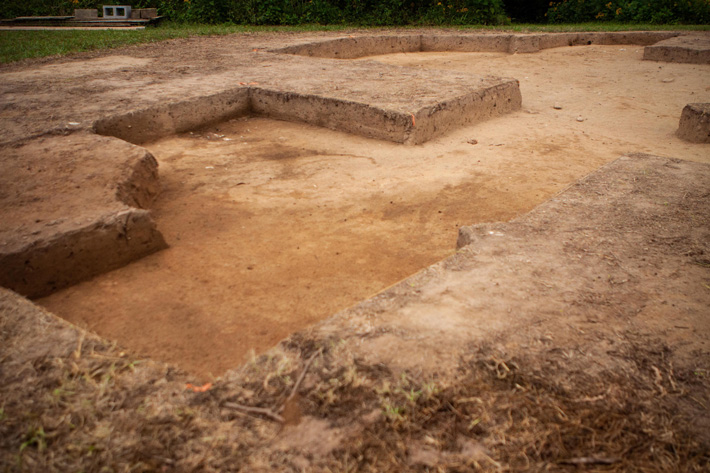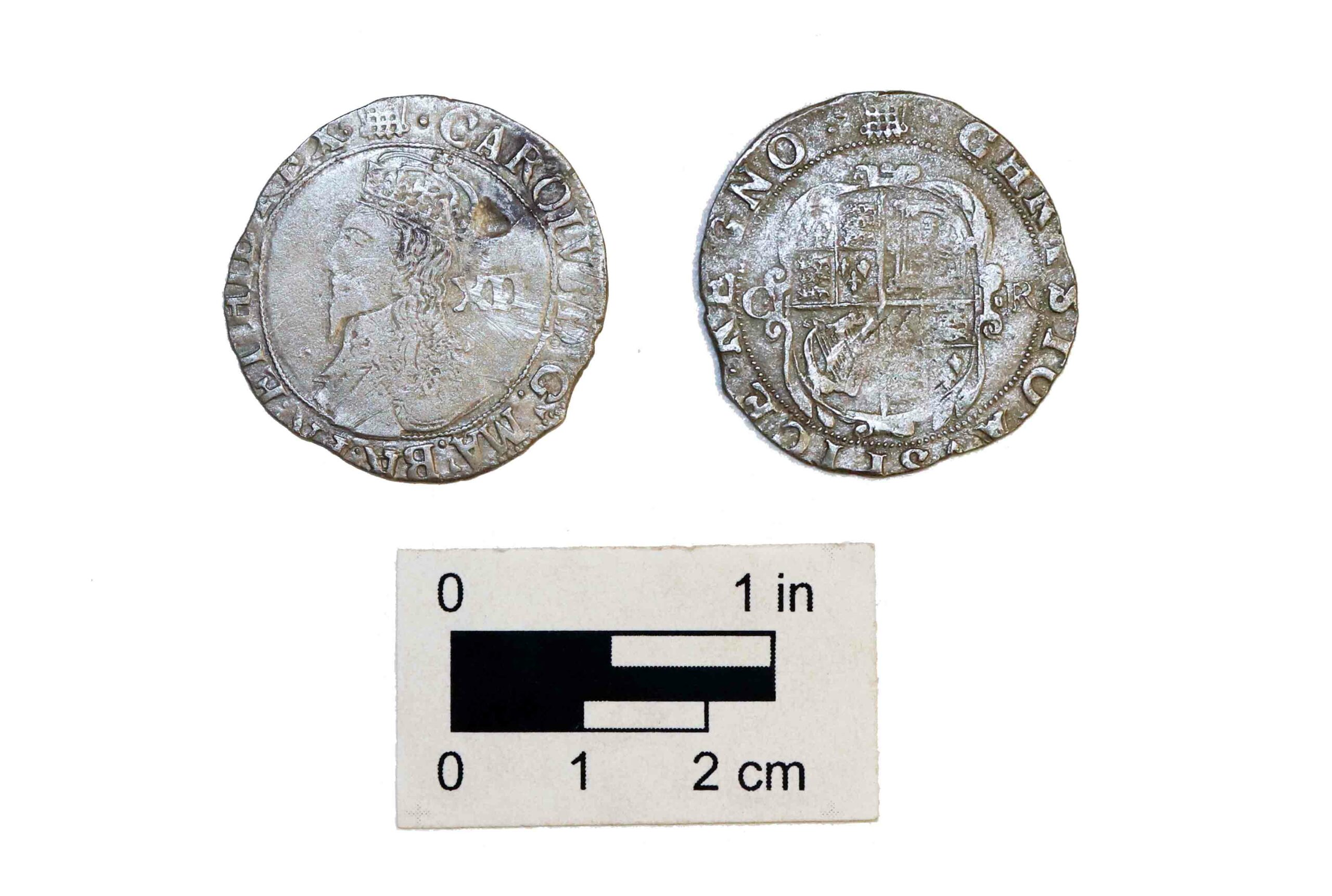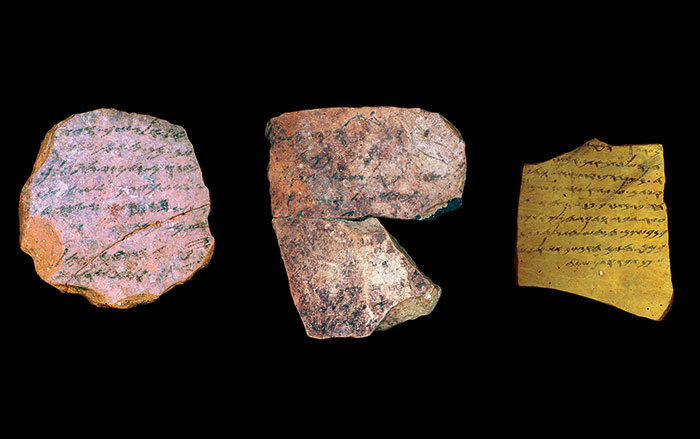
BALTIMORE, MARYLAND—According to a Washington Post report, archaeologist Travis Parno, archaeological geophysicist Tim Horsley, and their colleagues at Historic St. Mary’s City announced the discovery of the undisturbed outline of the palisaded fort at St. Mary’s, which was erected in southern Maryland by English colonists in 1634. Many of the 150 colonists were Roman Catholics who fled Protestant persecution. Jesuit priest Father Andrew White wrote at the time that the colonists purchased 30 miles of land from the Yaocomaco Indians with axes, hoes, hatchets, and cloth. Colonial governor Philip Calvert described the fort as being square in shape with bastions at all four corners. Parno explained that Calvert’s description may refer to plans for the structure before it was completed, since the traces of posts set in a trench revealed a large rectangle with a semicircular bastion on one corner. Scans of the area within the fort’s outline are thought to represent dwellings, some of which may have been pre-existing structures built by Native Americans, although it is not clear if Native Americans resided in the fort with the colonists. Excavation at the site revealed a brick cellar that may have been part of a guardhouse or storehouse, a musket’s trigger guard, and a 4,500-year-old quartzite arrow head. The capital of the Maryland colony was moved to Annapolis in the 1690s. To read about post-contact archaeology in the Mid-Atlantic states, go to "Return to the River."










